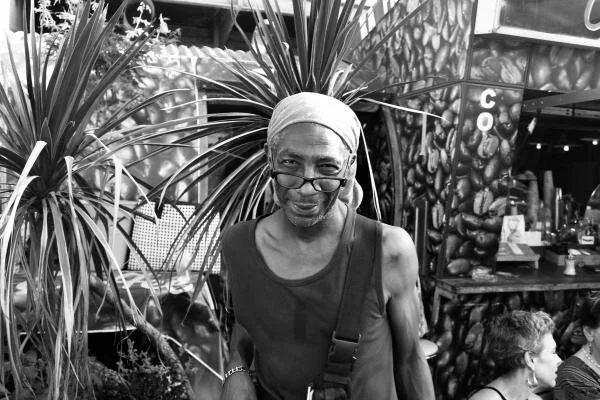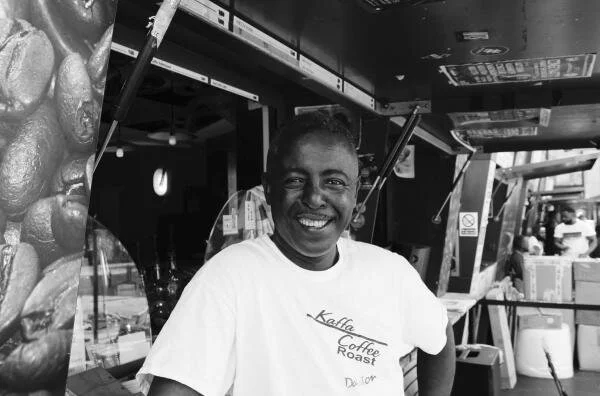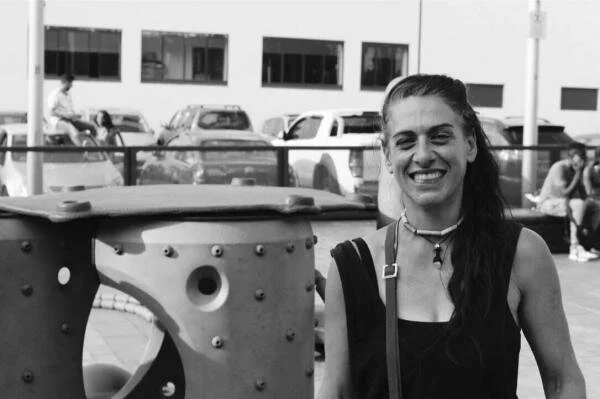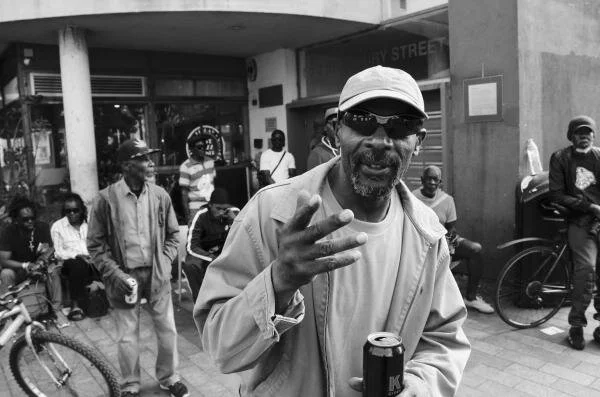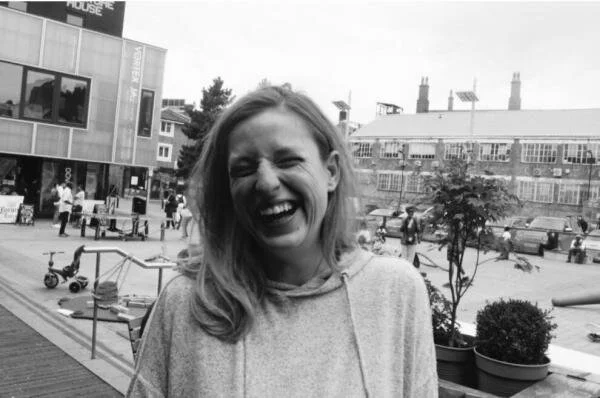A city squared; reflecting on a much loved public space
Our team mate, Ruby, takes some time to talk about our city's much loved public spaces.
As we socially distance ourselves and hibernate away in our homes, we’re seeing a remarkable togetherness and kindness between strangers through online forums such as community WhatsApp groups. While this collective action is something to celebrate and take comfort in, I want to take the opportunity to talk about and pay tribute to the spaces around the city we often take for granted; the spaces that foster moments of community and togetherness in a more physical way.
Public spaces have always been fundamental to the health and wellbeing of cities, providing spaces for people from all backgrounds to come together, express themselves and exercise democracy. Although in recent years we have watched our public spaces become increasingly privatised, it is important to remember that spaces work best not when they are designed flawlessly, but when their use extends beyond their design and invites all members of society in. An excellent example of how a public space can encourage inclusivity and sociability is Gillett Square in the London Borough of Hackney.
Situated in one of London’s most diverse neighbourhoods, Gillett Square is unique. It is shared by a huge variety of people, from locals hanging out and children playing, to street drinkers and the homeless who are often found sitting at the edge of the square watching the space quietly. The square is an intimate, open space with a raised platform surrounded by trees to one side. Home to six kiosks, many of them run by Afro-Carribbean locals, the square has a lot to offer, from jerk chicken and coffee to haircuts and music. Every afternoon the square comes alive with the creation of a pop-up playground, constructed by local volunteers. Children play ping-pong, skip, ride scooters and play games, filling the space and creating a playful atmosphere in the heart of Dalston. Residents also play a key role in activating the space, as they bring old furniture and games from home and encourage passers-by to stay and be part of the community. The space is a small but perfect example of an open city, seething with possibilities and ready to be improvised, used, and re-used by the community.
This is a prime example of the ‘inclusive urban commons’ social geographer Colin McFarlane talks about. It is a space for everyone, where different people meet and share a common ground. People do not feel threatened by the presence of those different to them, as the space is maintained by a shared ethos of tolerance and acceptance. A feeling of ‘conviviality’ is made possible due to the social fabric of the square, by people being able to construct and reconstruct their own urban environment. A homeless man can lie on a bench and enjoy the sound of music floating across the square while children run around, and local residents share a few beers at the kiosks. This term conviviality, with its Spanish roots from the word ‘convivir’ meaning ‘to share the same life’, offers a beautiful understanding of how inclusivity is experienced in the square.
Public spaces like Gillett Square breathe life into cities like London, they provide a place free of judgement for all people. Now, as we face a time of social isolation, it is more important than ever to pay tribute to our cities public spaces, as these will play a key role as we recover from this pandemic. To be invited to take part in public life is instrumental to the wellbeing of all citizens, and something we did not realise was so important until it was gone. Londoners in the near future will need these spaces more than ever, to feel comfortable and safe, and above all, part of a community.
Below are some images of the incredible people found at Gillett Square.
Text and images by Ruby Maynard Smith


